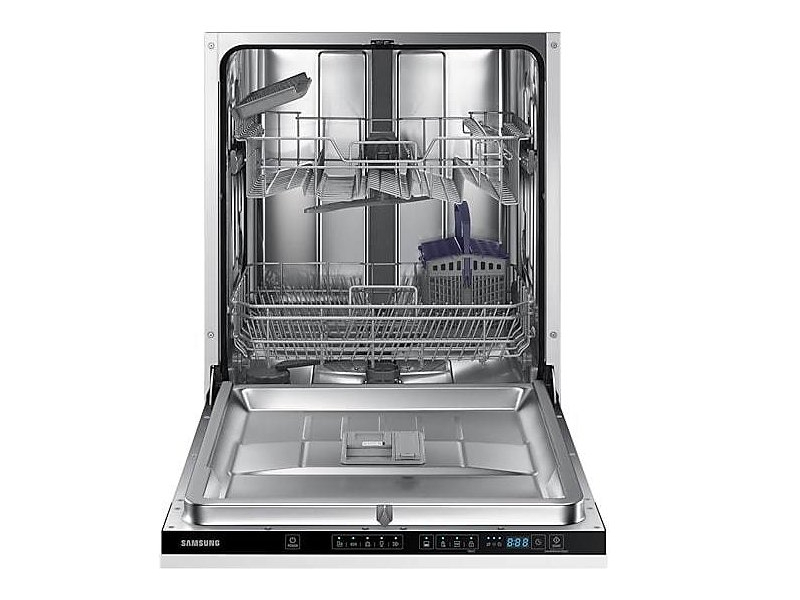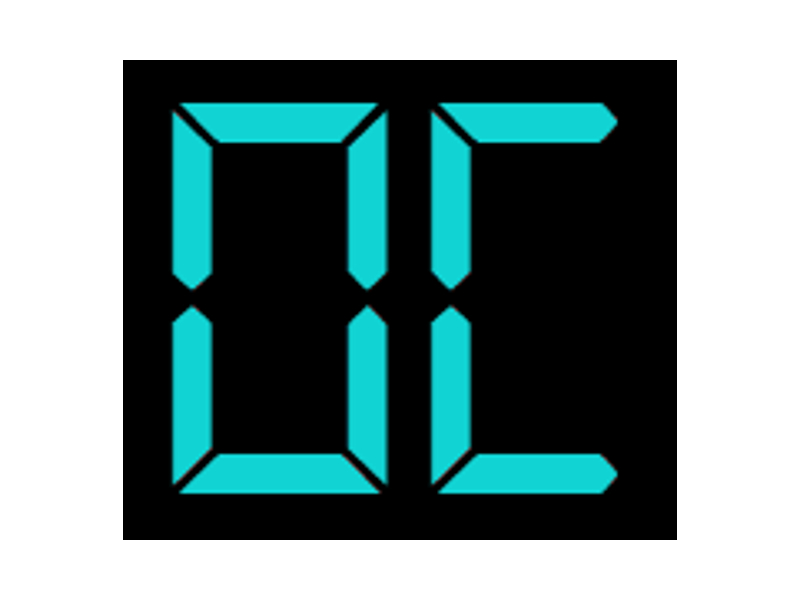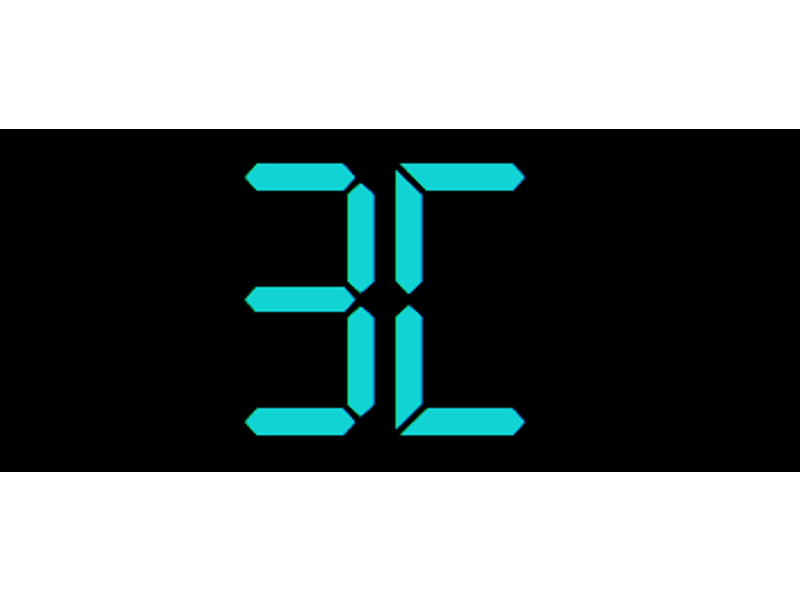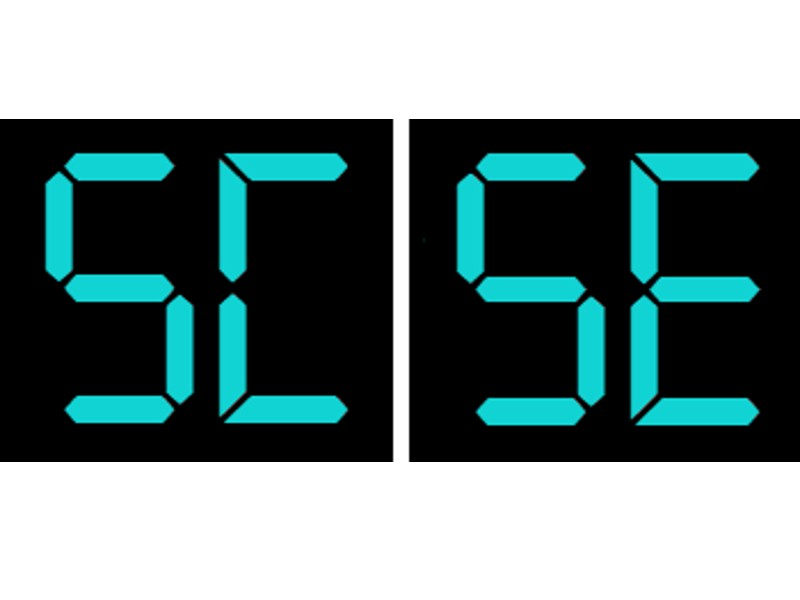How To Fix Samsung Dishwasher OC Code Error
When there is too much water in your Samsung dishwasher than what is needed, you will see the OC code error on the equipment. And this post will help you get rid of the Samsung dishwasher OC code. Read further.

The main function of a dishwasher is to give appropriate mechanical action required to dispense and handle the detergent amounts, rinse the dishes with water to loosen and let out grease and dirt.
Whenever error codes appear on the dishwasher, this means that there’s something wrong with the equipment. These errors can be resolved in your end with some basic troubleshooting steps.
One of the common error codes that will appear on your Samsung Dishwasher is the OC code.
Samsung Dishwasher OC Code Error
Ways To Fix Samsung Dishwasher OC Code Error

What is OC code and what causes this error code to appear?
OC CODE is an over level water error. It implies that there is more water in the Samsung dishwasher than what should be. It can also be a result of a drainage problem. The first thing that you need to do is to check the connection of the dishwasher at the sink. Then check the dishwasher drain hose.
This can also be corrected by cleaning the drain, filter, and sump of the dishwasher.
Here are some of the basic tweaks to get rid of the OC code on your dishwasher.
1. CHECK FOR AND ADDRESS DRAIN ISSUES
The water issue on your dishwasher is also connected to a drain problem. If this is the case, you need not to worry as drain problems are the simplest thing to rectify.
So, the first thing to do when OC code appears on the dishwasher is to check the connection between the dishwasher drain and the sink for possible clogging issue.
Then, inspect the drain hose to make sure it is not knotted and clogged.
If necessary, connect the drain hose properly, and then run water down the drain.
If the water runs slower than expected, clean the drain hose.
Afterwards, restart the dishwasher and see if the fault code no longer appears.
2. CLEAN FILTER
If the first solution fails to fix the problem, try to clean the dishwasher filter. But before doing so, make sure there is less to no more water to make sure it won’t spill when opening the door.
Here’s what to do:
- Remove the lower rack and unfasten the filter compartment door. To do so, rotate the filter handle counterclockwise.
- Remove the filter so you will have full access to the bottom part of the filter.
- Get rid of the dirt and debris from the filter and the filter door.
- Might as well clean the drain pump. Then, put the filter back as well as the filter door.
3. CLEAN DRAIN PUMP
As suggested, after cleaning the filter, you also need to clean the drain pump, also known as the sump.
This is to make sure that there is no trash or garbage that caused the equipment to not drain properly.
Refer to the user manual for the steps on how to clean your drain pump.
4. CHECK AND/OR SENSOR
The OC code on the Samsung dishwasher may also indicate that the machine has a sensor problem which is also called a “case break sensor“. It is named such because it produces a siphon break in the system of filling water.
The function of the case break sensor is to monitor the water levels of the dishwasher during a cycle. And if the water level sensor fails, this can trigger the OC code to appear.
To address this issue, you can replace the sensor of the machine. Turn off the water and electricity before doing this.
If needed, you can buy a new case break sensor. You might probably ask how much the new sensor cost? Different Samsung brand and model number have different prices. But the price ranges from $150 and $165.
You can place your order online or visit your nearest Samsung Service Centre to make sure you are getting the authentic Samsung parts.
NOTE:
After performing each solution, make sure to reset your machine. To reset, unplug the machine from the power outlet and wait until the electrical charge clears out the dishwasher. After about 5 minutes, plug it in again.
Aside from the OC code, below are other common error codes you might encounter when using your Samsung dishwasher.
COMMON DISHWASHER ERROR CODES:
Compared to other appliances, modern versions of dishwashers (new dishwashers) like Samsung, are equipped with many relevant features to save water, detergent, and handle terrible dishes, making the machine work efficiently.
Among these features is its capability to notify owners whenever a problem with the dishwasher occurs by displaying error codes.
Listed below are the common fault codes you’ll see on Samsung dishwashers. Some of the errors are easy to deal with and can be fixed by performing basic workarounds, while other fault codes need help from the Samsung experts.

1. 3E (HIGH TEMPERATURE WATER LEVEL ERROR)
Aside from the Samsung dishwasher OC code, 3E error code may also appear on your dishwasher control board.
When 3E code appears, this means that there’s excessive heat within the dishwasher. To get rid of this error code, manually adjust the temperature below 80-degrees Celsius or not above 176°F.. If this fails to fix the error, it is recommended to visit the nearest Samsung Support Centre or call their support hotline to get in touch with one of their technicians.

2. 3C (PUMP OPERATION PROBLEM)
This error occurs when the dishwasher’s pump can no longer run or operate. You can try turning off the dishwasher, and turn it on again to restart its cycle. But unfortunately, there is no guarantee that this error can be fixed with this tweak.
If the problem persists, you need to visit your nearest Samsung Support Centre or contact their technician for a possible visit.

3. 1E, IE (CLOGGED FILTER ERROR)
The 1E, IE fault codes usually appear on Waterwall model of Samsung dishwashers. Whenever you see these codes, you should right away clean your dishwasher filter (refer to the user manual), as these codes indicate that water is no longer flowing as the fine filter at the bottom is full of dirt.
For further assistance, visit the nearest Samsung Support Centre or call a technician.

4. 5C, 5E (DISHWASHER DRAIN ERROR)
This error code indicates a problem with the drainage system of the dishwasher which is not draining the water.
This may happen after installing or moving the dishwasher, and the drain hose could have been tangled or squeezed.
In line with this, you must check the drain connection and drain hose to make sure it is properly connected. Clean the dishwasher drain hose, dishwasher filter and sump.